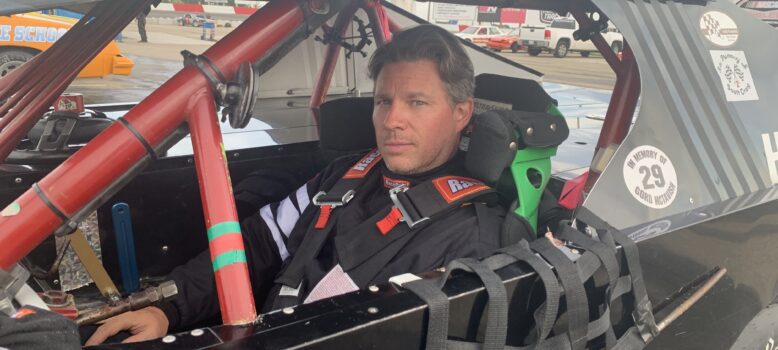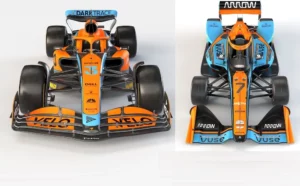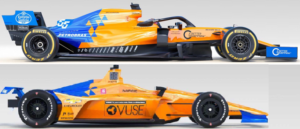
If You’re Really Interested In Racing Do Me a Favour

Hi all, it’s the time of year that racing bursts back onto the scene. F1 just completed testing in Bahrain in addition to releasing Season 5 of Drive To Survive. NASCAR has been back in action for a few weeks.
In addition to the aforementioned Indycar returns to the track this weekend to kick off their 2023 season in St. Petersburg, FL.
I wrote a blog last week on what you need to know after watching Drive To Survive, instead of repeating myself you can read it here: https://crier.co/welcome-to-racing-now-heres-the-truth/
It’s not uncommon for F1 and Indycar to race on the same weekends but this year is unique to have both series kick off their seasons on the same weekend.
With that in mind-I’m humbly requesting a favour: please take some time to watch the F1 race in Bahrain and then watch Indycar at St. Pete. And please do so with an open mind.
F1 vs. Indycar

A few things to keep in mind when comparing the 2 series:
F1 cars weigh similar to their North American Open Wheeled cousins but have much more engine power with Indycar reporting 750HP and F1 at 1000HP (approximately)
From a technology standpoint F1 leaves Indycar in the dust but that’s also the result of F1 teams being able to spend $145 Million dollars where a top level Indycar team’s budget will be $5-7 Million dollars per car. That differential equates to more advanced componentry and exponentially more staff heavy on engineers. Mclaren is the only team to compete in both Indycar and F1 has roughly 10 times as many staff for 2 F1 cars as they do for their 3 Indycar teams.

Indycar uses a single chassis from Dallara and universal bodywork with only 2 engine suppliers. In Formula 1 virtually every single component is designed and fabricated by the teams.
F1 utilizes DRS (drag reduction system) that on certain parts of the track when a car is within 1 second they can open a flap on their rear wing allowing their car an extra 15-30 KPH to assist in overtaking.
Indycar utilizes Push-to-Pass (P2P) where a driver can get a 50 HP boost for up to 20 seconds with a fixed total time of 150-200 seconds for the race. The driver can cancel the push to pass and the driver being passed will get an alert on their steering wheel that the driver behind has activated P2P allowing them to defend by also using it.
Both series require teams to use at least 2 tire compounds during the race.
Indycar will move their start/finish line during qualifying to position it before the entry to pit road. This prevents drivers from blocking others while on their cool down laps and while they’re trying to save tires, etc. It can be confusing for fans until they understand this but having seen Indycar do this for years it is the only thing that makes sense. Seriously, F1 you need to do this.
From a broadcasting standpoint both series are in very good hands. In North America we get the sky sports feed for F1 which is nothing short of excellent. Indycar may switch networks from time to time but their current broadcast stable of Leigh Diffey, Townsend Bell and James Hinchliffe offer an ideal mix of professional broadcasting and colour commentary from great drivers.
The real comparison, for me, is how the series race. F1 is quite predictable, it doesn’t take long to figure out which team is on top and have a really good idea where everyone else will place. When watching Indycar you will certainly know who the top teams are but you’ll not know who will win the race until the checkered flag flies. You’ll also see a number of on track passes even on street circuits which are notoriously difficult to manage overtaking.
Please try to watch, try to keep some of the above in mind and you can feel free to drop me a line anytime if you agree, disagree, want to comment or ask a question: [email protected]
That being said, it’s motorsport and you never know what’s going to happen.
CL








